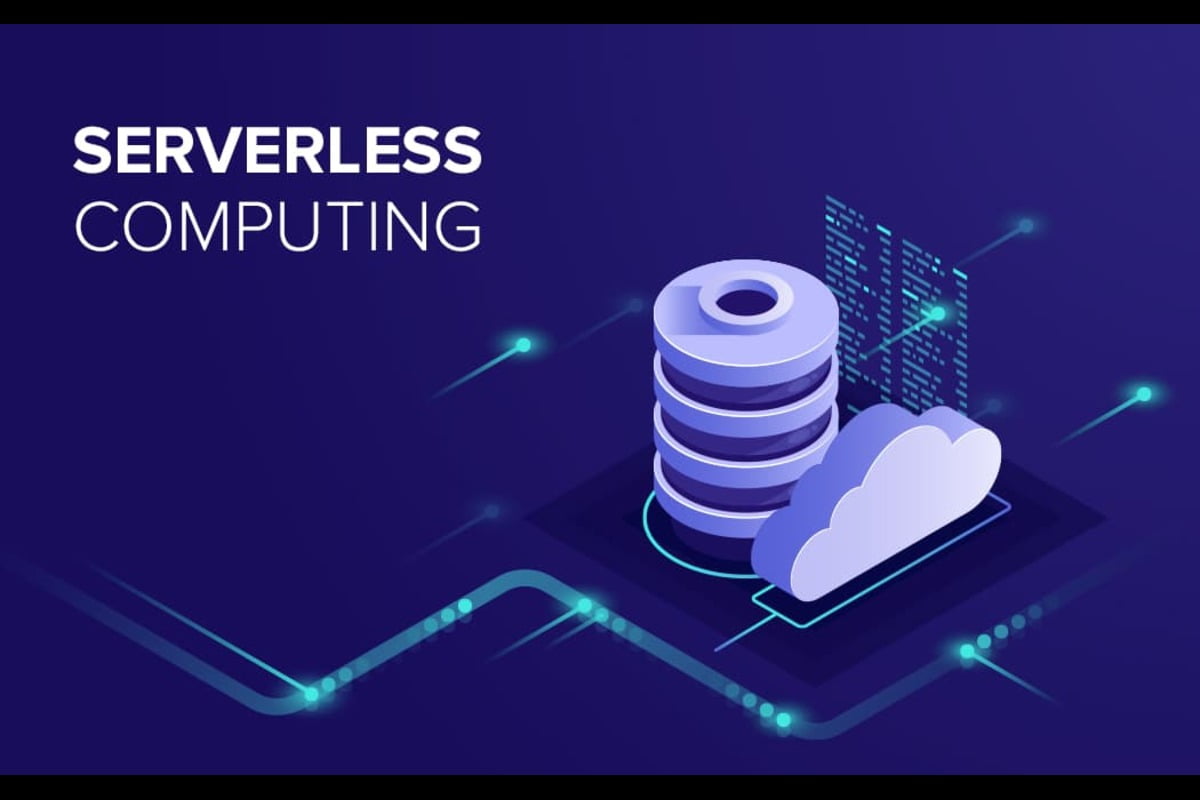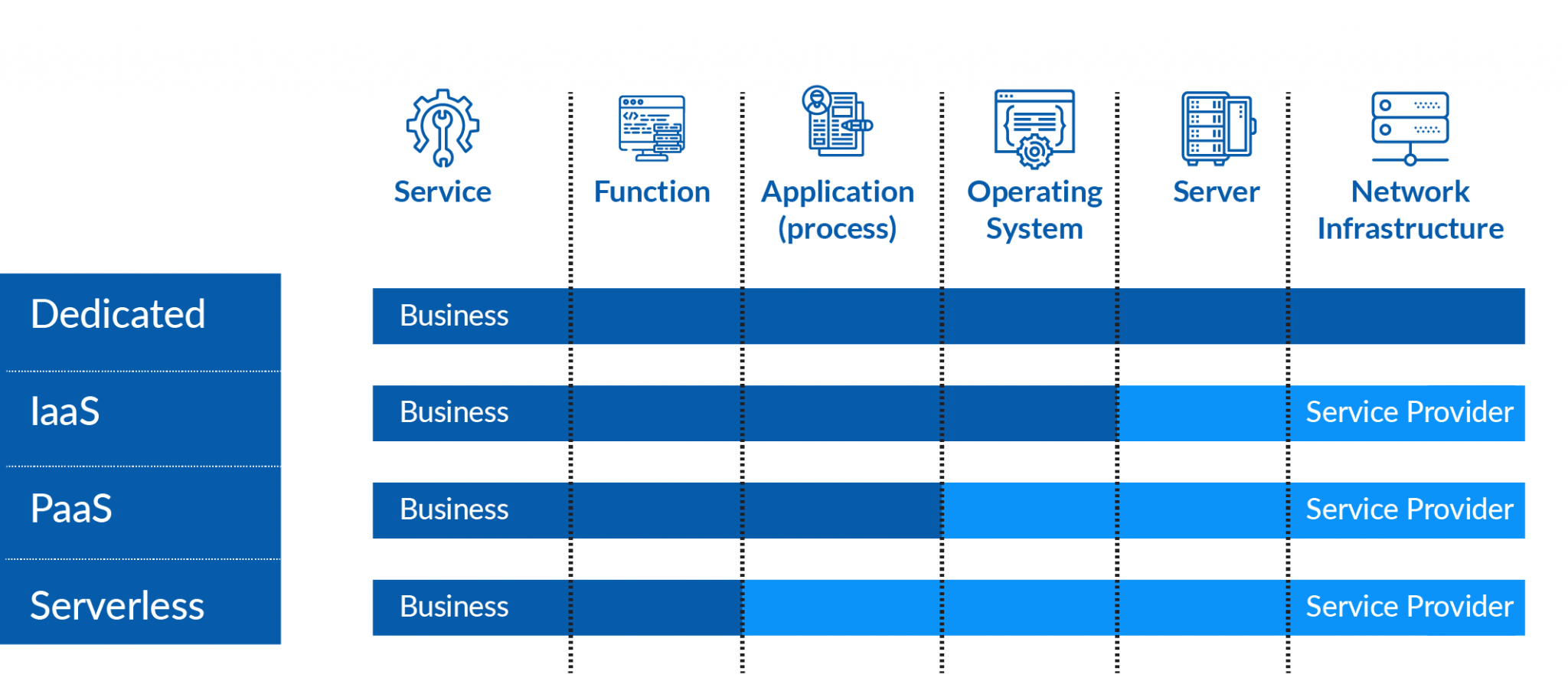
The Role Of Serverless Computing In Digital Transformation
As digital transformation continues to disrupt industries and reshape businesses, the role of serverless computing is becoming increasingly important. Serverless computing provides a highly scalable and cost-effective way to develop and deploy applications, which can help organizations to become more agile and responsive to changing business needs.

In traditional application development, developers are responsible for managing the underlying infrastructure, including servers, operating systems, and runtime environments. This can be time-consuming and can limit the agility of an organization in responding to changing business needs. Serverless computing, on the other hand, allows developers to focus on writing code without worrying about the underlying infrastructure. In a serverless architecture, the cloud provider takes care of the infrastructure and automatically scales it up or down as needed. This allows organizations to build and deploy applications faster and more efficiently, which can be a significant advantage in today’s fast-paced business environment.
Digital transformation has become a top priority for organizations in recent years, as they seek to leverage technology to drive innovation, improve customer experiences, and increase operational efficiency. Serverless computing has emerged as a key enabler of digital transformation, allowing organizations to develop and deploy applications faster and more efficiently than ever before.
One of the key benefits of serverless computing is that it can be cost-effective. With traditional architectures, organizations typically pay for servers and other infrastructure whether or not they are being used. With serverless architectures, organizations only pay for the resources they actually use. This can be especially important for organizations that experience spikes in traffic or demand, as they can scale up their applications without having to pay for idle resources.
Serverless computing can also improve the reliability and availability of applications. With traditional architectures, if a server fails, the entire application may go down. With serverless architectures, the cloud provider automatically manages the underlying infrastructure and can quickly recover from failures, ensuring that applications remain available to users.
In addition to these benefits, serverless computing can also help organizations to reduce complexity and increase security. Since the cloud provider is responsible for managing the infrastructure, organizations do not need to worry about maintaining and securing servers and other infrastructure themselves. This can free up IT teams to focus on more strategic initiatives, while also improving the overall security posture of the organization.
Serverless computing has emerged as a key enabler of digital transformation, providing organizations with a highly scalable, cost-effective, and reliable way to develop and deploy applications. As organizations continue to embrace digital transformation, those that adopt serverless computing are likely to gain a competitive advantage in the marketplace, by improving their ability to innovate, respond to changing business needs, and deliver superior customer experiences.


No Comments